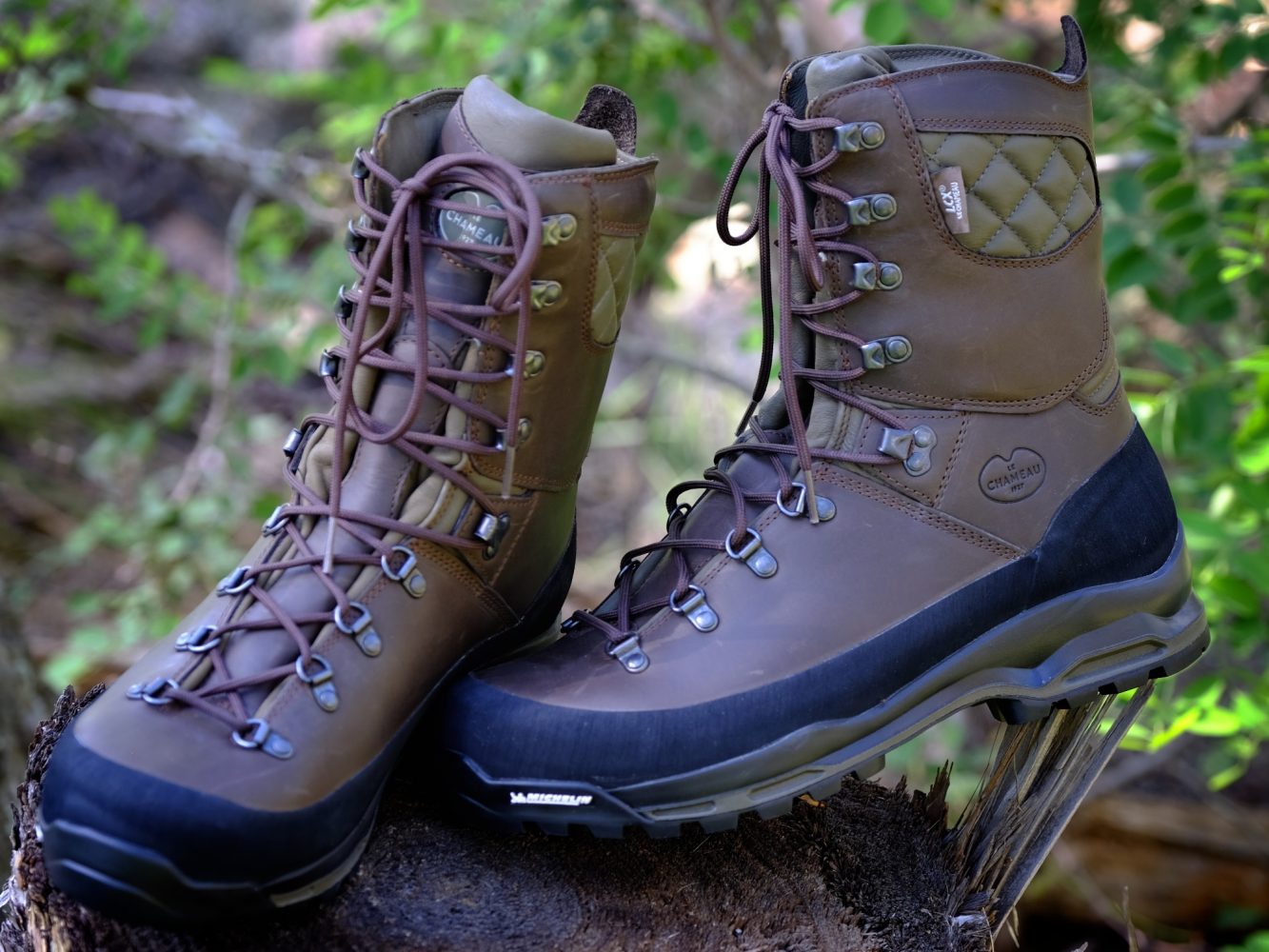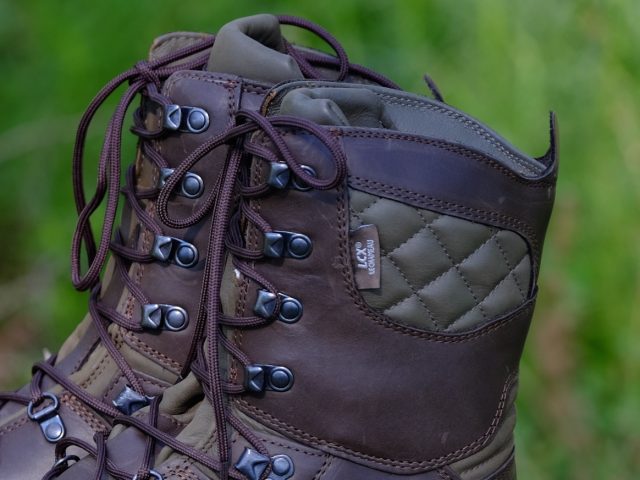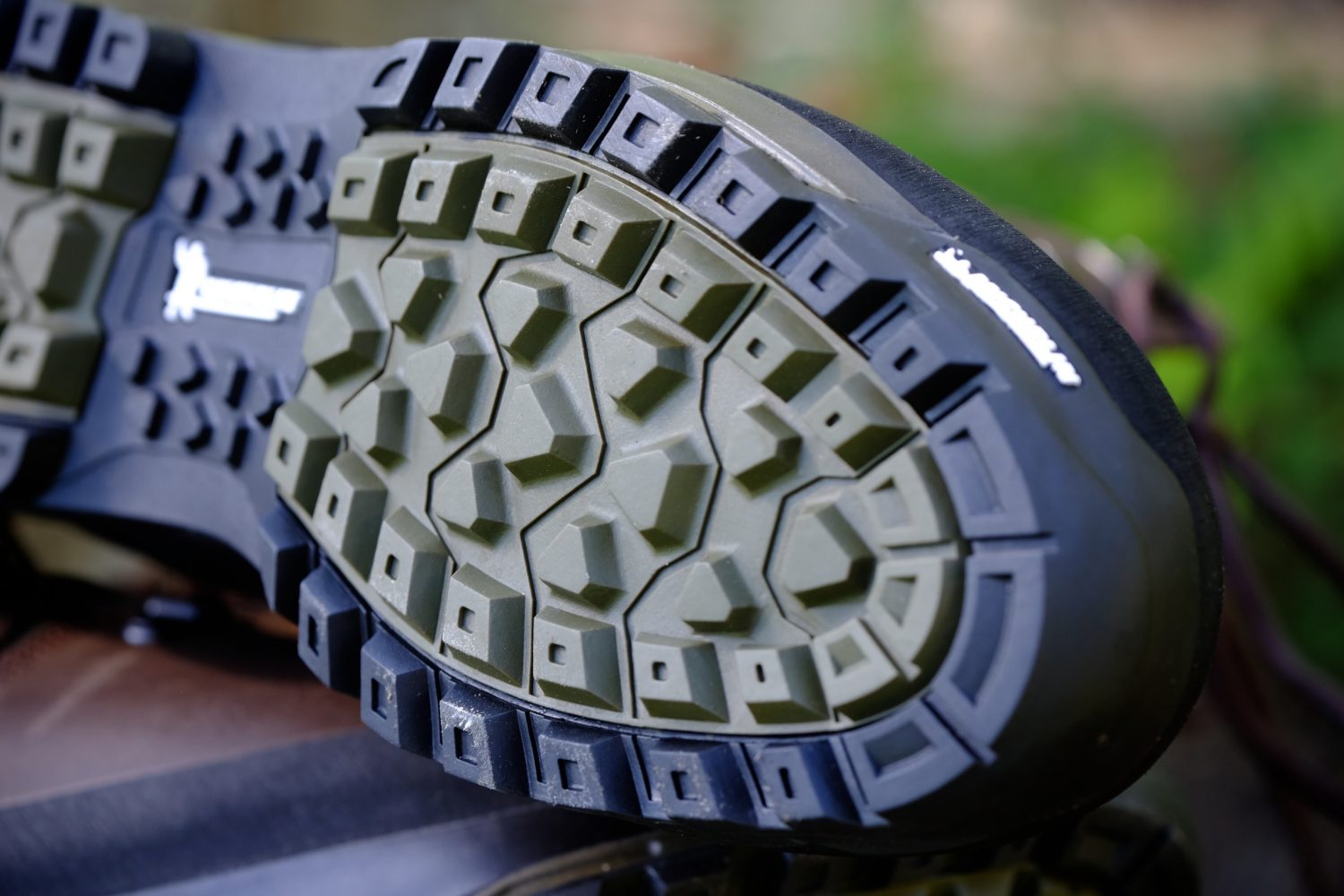In the mid-1990s, while living in France, I had a local friend named Georges. Twice my age, he spent his days toiling in the vineyards near my home. Every now and then, I’d volunteer to help him trim vines, burn brush, or some days we’d just sit around and chat. The one thing I remember most about George, aside from his perennial grin, were his boots. He never left the house without his rubber Le Chameau boots, and I’m sure he considered me a lesser man for not having a pair. It may have taken more than 20 years to remedy that situation, but I’m proud to say I’m finally a Le Chameau man.
Although relatively new to most North Americans, Le Chameau has been in business for 90 years. Founded in 1927 by Claude Chamot, he set out to provide farmers, hunters, and outdoor professionals with high-quality work boots made with a bespoke fit. Over the years, Chamot’s pursuit of perfection led him to develop new advances in bootmaking, like the pairing of a leather liner to a rubber exterior. That boot, the Chasseur, has been in continual production for 40 years.
 As a dweller of the Southwest I don’t have much need for calf-length rubber boots, so the new Le Chameau Condor LCX walking boot made for a more practical choice. Added to the line just last fall, it is ideally aimed at the highland walker, trekker, or hunter. A harmonious blend of traditional styling cues and contemporary materials, it may be a radical departure from the brand’s classic offerings, but it remains quintessentially Le Chameau.
As a dweller of the Southwest I don’t have much need for calf-length rubber boots, so the new Le Chameau Condor LCX walking boot made for a more practical choice. Added to the line just last fall, it is ideally aimed at the highland walker, trekker, or hunter. A harmonious blend of traditional styling cues and contemporary materials, it may be a radical departure from the brand’s classic offerings, but it remains quintessentially Le Chameau.
The first thing I noticed about the Condors upon plucking them from the box, was their unusually low weight. At just 4.6 pounds for the pair, they are surprisingly light, particularly given the added height of the ankle cuff. True to a boot intended for use off trail, the 2.2-millimeter oiled nubuck leather upper is protected with a 360-degree rubber rand. Laminated within is the LCX waterproof and breathable membrane, a necessary component for a true field boot. And rounding out the features is a crisply lugged outsole made of Michelin OC compound. I’ve had other boots made of Michelin’s rubber going back to the mid-1990s and I’m continually impressed by its durability, walking comfort, and sure-footed traction.


For a trekker prone to grab low-cut trail shoes when I should be wearing boots, the 10-inch cuff appeared to be overkill for my uses, but once laced onto my feet, felt comfortable and unrestrictive. The quilted padding and soft bellows at the Achilles helps the boot bend with my movements without feeling clunky. A glove-leather lining at the upper aspect of the cuff adds comfort and ensures years of durability.
Unlike other boots intended for backcountry walking, the midsole is not overly stiff. The forefoot flex, combined with a low midsole stack, provides a comfortable stride, again reducing the clunk and awkward step many heavier boots suffer. The wide-lace patch and refined fit are further proof Le Chameau understands how to match boots with feet for optimal performance and comfort. On my first outing with the Condors, I knocked down a 10- mile hike. With virtually no break-in they felt like old pals by the end of the day.
 After reading through the product description on the Le Chameau website, there was one additional element that gave me some concern: the -10ºC temperature rating. I don’t live in a cold part of the world so the last thing I need to endure are hot feet. With my local summer temperatures pushing into the low 80s I feared the Condors would be too warm. To my surprise, they didn’t feel any hotter than my other trail boots.
After reading through the product description on the Le Chameau website, there was one additional element that gave me some concern: the -10ºC temperature rating. I don’t live in a cold part of the world so the last thing I need to endure are hot feet. With my local summer temperatures pushing into the low 80s I feared the Condors would be too warm. To my surprise, they didn’t feel any hotter than my other trail boots.
 It may have taken me more than 20 years to get my first pair of Le Chameau boots, but I will be quick to admit, it was well worth the wait. If I lived in a wetter part of the planet, you bet I’d have a pair of rubber Chasseurs sitting by the door. In their stead, the Condor LCX boots are perfectly suited to where I live and the type of backwood walking I like to do. Maybe someday I’ll bump into Georges and tell him I’m finally a Le Chameau man.
It may have taken me more than 20 years to get my first pair of Le Chameau boots, but I will be quick to admit, it was well worth the wait. If I lived in a wetter part of the planet, you bet I’d have a pair of rubber Chasseurs sitting by the door. In their stead, the Condor LCX boots are perfectly suited to where I live and the type of backwood walking I like to do. Maybe someday I’ll bump into Georges and tell him I’m finally a Le Chameau man.


